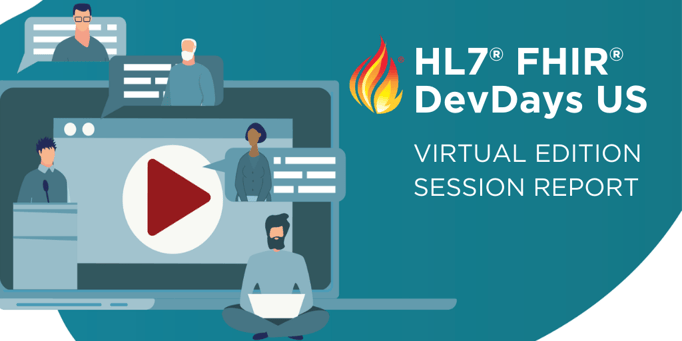
Report from Virtual FHIR DevDays 2020 on HL7 Da Vinci Project Use Cases
Developers are fine-tuning ways to use the HL7 Fast Healthcare Interoperability Resource (FHIR) standard to reduce communication challenges and decision impediments between providers and payers.
Working on use cases involving coverage and burden reduction, the HL7 Da Vinci Project is refining early versions of standards and developing implementation guides for value based care (VBC). Speaking to more than 150 attendees during the virtual HL7 FHIR DevDays event, Dr. Viet Nguyen, Da Vinci Project Technical Director, noted that the coverage and burden reduction use cases are intended to address workflows around provider-payer interactions. FHIR implementation guides are then created based on a set of use cases.
Coverage Requirements Discovery
One use case, Coverage Requirements Discovery, gives providers real-time access to payer approval requirements, documentation and rules at point of service to reduce provider burden and support treatment planning. In its essence, this would answer a provider’s question about whether a procedure or treatment needs a prior authorization from a payer. The aim is to use CDS Hooks to supply an answer to a clinician posing the request within his or her workflow. Work is continuing on developing an implementation guide for this use case.
Documentation Templates and Payer Rules
Another Da Vinci Project use case is Documentation Templates and Payer Rules, which aims to create electronic versions of administrative and clinical requirements, including payer coverage criteria, by pre-populating data requirements using existing EHR data in provider workflow. Nguyen commented that the goal is to use a SMART on FHIR app that uses a FHIR-based questionnaire to define what a payer needs to gather and a provider needs to provide to fulfill documentation requests. This communication may reduce the amount of time providers spend gathering structured data that a payer already has. An implementation guide is being finalized and will be published in the coming months.
Prior Authorization Support
The final use case is Prior Authorization Support, which enables a provider to request authorization – including all necessary clinical information to support the request – and receive prompt adjudication responses from the payer. The intention is to provide this information to the clinician as quickly as possible, within their workflow.
The approach, which works with the X12 278 standard, “takes the work out of finding whether you need an authorization or not,” Nguyen said. “This allows the payer to have structured data to use in their utilization management system to do as rapid an authorization as possible. It doesn’t involve faxing or portals,” typical ways that providers seek guidance on prior authorization from payers. A ballot on the use case has been completed, and an implementation guide will be released soon, he added.
To learn more about the HL7 Da Vinci Project and to join the community, visit hl7.me/davincinews.


